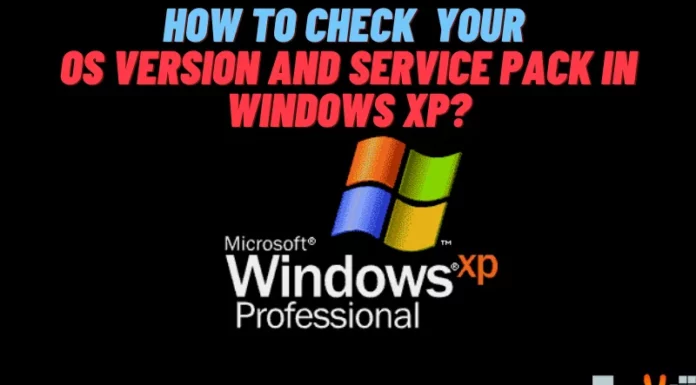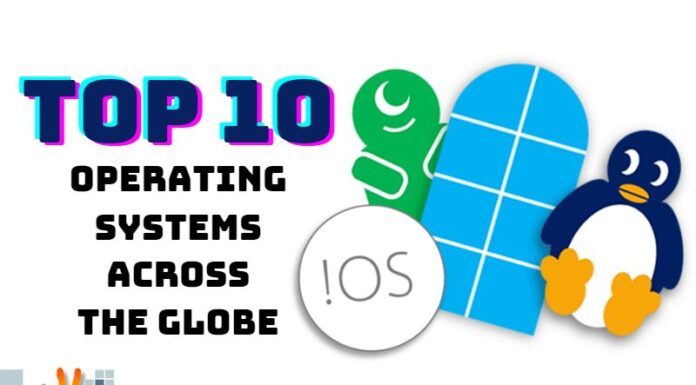What is a client and server OS?
If you have two PC programs communicating with each other; one being responsible for making a request for a specific program while the other is granting the request of another, this is a relationship specific to a client and server OS. Server OS means “server for certain Operating Systems and the client being the one making a request for a command to be executed by another program.”
A client and the server relationship is normally a kind of cooperation among programs to produce a particular application in order to give results to a request made by a client like for instance, exchanging emails, accessing specific websites, and accessing database, among others.
When a person opens up a browser and then try to access his bank account using the browser, the next thing is providing necessary information by typing these information to be reflected on the screen. Once the user sends a certain type of information for example, when you make a balance inquiry of your bank account, the client program on your computer sends a message to the server of your target bank and as a response, the information is forwarded to the client program which is sending an information to a database of another bank computer.
The client and server design is the basis of many several networking established today. Even the internet programming is based on the design of client / server model which is termed as the TCP/IP or the Transmission Control Protocol / Internet Protocol. This is used to let users and other applications online communicate at a faster speed.
In addition, server is otherwise known as the “daemon” and it always awaits clients to make their requests. Daemon or server has programs that are being shared by other clients and typically both programs are parts of a greater cluster of programs used for communications and transfer of data at a faster rate.
In relation to Internet, when a user opens up a browser, the browser becomes the client program and it then sends request information to the server somewhere in the Internet and this server if called Hyper Text Transport Protocol or HTTP. This is located in a separate computer with normally Internet connection and will respond to the client program, in this case, your computer with installed TCP or Transmission Control Program. The files being requested via your browser is provided by the File Transfer Protocol or FTP.
In addition, server becomes a better storage as this can hold greater amount of files and data. Files or computer data should be protected and this is the reason why more data files are being stored in a server as it can provide better security than any client program. The only problem that users encounter is the inability to connect to an Internet or in other words, low connectivity problems. This is due to the fact that servers get overloaded as information and data files are continuously being stored in it.
Why is server OS termed as such?
Server is composed of many programs to facilitate communication between and among client programs and so this is also considered software. Just like any server, an Operating System(OS) is a software and it consists of programs designed to receive, interpret, and process information most especially on the Internet.
The idea behind the term Operating System is that, it serves as the intermediary or the middle program tool that helps the user achieve the desired output. For instance, the Microsoft Operating System varies but they have a common function, that is, to facilitate and make sure that commands are being interpreted, processed, and will give the right output for the end users. It helps to process and make sure that the command entered via hardware is executed by software or programs in a computer to achieve the desired results.
The major difference pertaining to functionalities and license
The big difference between the client program and the server program is that client program most often initiates the request for files or data transfer while the server always waits for any requests from the client programs. Another difference is that, server is designed to store large amount of data files for the reason that it is equipped with higher standard security programs and can ensure greater degree of safety for all files contained in it. On the other hand, the client program can store information but to a certain limit and it cannot provide top and quality security for all the files that it contain.
Why we need to have a different server and client Operating Systems.
Apparently, the reason for the difference in the Operating Systems of the client and server programs is the fact that they are two programs designed differently for different purposes. One will have to make a request and the other will wait for the request until it is made and sent to the server. Programs for both cannot be exactly the same. The Operating System for the server is built to receive information, store the data, and respond to the requests made by the client program or programs. In contrast, the Operating System for every client has distinct set of programs as it is designed to make requests in terms of specific programs and built to communicate with its server on the other end.
Generally, the architecture of the client and server model common to internet users sit on static communication. This is when the communication stops after the client program receives information it has previously requested form the server. For example, user opens up a browser and then requests for an HTML file, the server then will automatically respond and tries to find the files asked by client. Once it has located the file, it is readily sent to the client and the browser displays the HTML file.
The most popular server names include, active server pages (asp), personal home pages (php), java server pages (jsp), and the server side includes (ssi).

















